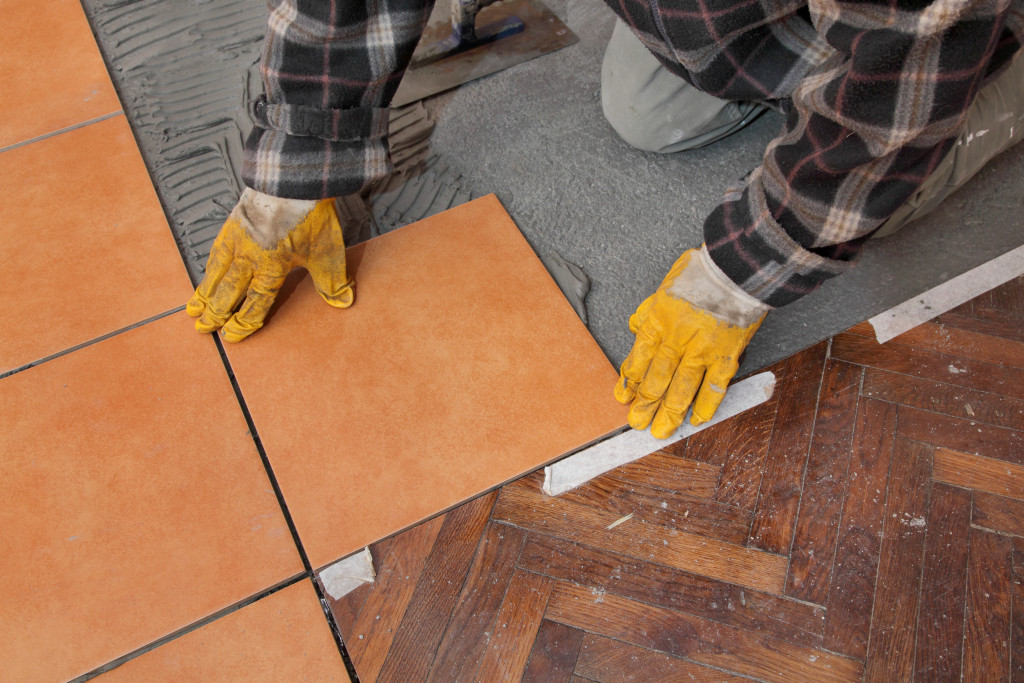The medical community is always on the lookout for new ways to improve the way hospitals are managed. With advances in technology, it’s becoming easier for hospitals to provide better care for their patients and streamline the way they manage operations. Here are some innovations that have revolutionized hospital administration.
1. Electronic Health Records (EHRs)
One of the biggest advancements in hospital administration has been the introduction of electronic health records (EHRs). EHRs enable hospitals to store patient data securely and access it quickly, allowing them to make more informed decisions about treatment options and provide better care for their patients.
Furthermore, since EHRs are digital, they can be accessed remotely, meaning doctors can easily access patient data from any location. This makes it easier for doctors to collaborate with each other and provide better care for their patients.
Sometimes, EHRs can even be used to automate certain processes, like sending reminders for follow-up appointments or monitoring patient compliance with treatments. This helps to ensure that patients are getting the care they need in a timely manner.
2. Automation Software
Automation software helps hospitals save time and money by automating mundane tasks such as scheduling appointments, managing employee records, tracking inventory, billing patients, and more.
Automation software also helps hospitals ensure compliance with regulations and standards set by governing bodies like HIPAA or JCAHO. In short, automation software makes hospital operations more efficient while helping them maintain compliance with industry standards.
In fact, automation software has become so popular that many hospitals are now using it to reduce their operational costs and improve patient satisfaction.
3. Telemedicine
Telemedicine is a revolutionary technology that enables patients to access medical care remotely using video chat applications. With telemedicine, doctors can diagnose and treat illnesses without requiring the patient to be physically present at a hospital or clinic.
This not only saves time but also reduces costs associated with travel expenses or lost wages due to missed work days caused by illness or injury. For instance, a patient can now seek medical advice from a doctor without having to leave their home.
Telemedicine has also enabled doctors to provide better care for their patients by organizing virtual follow-up appointments, sending vital signs and other health data between hospitals or clinics, and even conducting remote surgeries in some cases.
4. Medical Device Trackers
Nowadays, many efficient medical device tracking software is designed to help hospitals keep track of all their medical devices, from single-use items such as syringes and bandages to complex pieces of equipment like CT scanners and MRI machines.
Using this tool, hospitals can easily see which medical devices are in use, when they will need replacing, and when maintenance is required. This helps hospitals ensure that their devices are in working order, saving them time and money by preventing potential problems before they arise.
Moreover, medical device tracking can be used to help hospitals adhere to quality standards set by governing bodies like the FDA. By doing so, they can ensure that all patients receive the highest quality of care possible.
5. Wearable Technology
Wearable technology is being used increasingly in healthcare settings as a way of monitoring patient health status in real-time from anywhere in the world with an internet connection. Wearable devices such as fitness trackers or smartwatches can collect vital signs like heart rate and blood pressure.
They can also monitor activity levels like sleep patterns or exercise habits which can help physicians diagnose health issues before they become serious problems requiring hospitalization or surgery. For example, a patient’s sleep pattern could be monitored to determine whether they are at risk of a heart attack or stroke.
Wearable technology is also being used in hospitals to improve the quality of care provided by nurses and other medical professionals. Some devices have been designed to alert a nurse when a patient needs help with something instead of waiting for them to come and check on their own.
6. AI-Powered Chatbots
AI-powered chatbots are being used increasingly in healthcare settings as a way of providing immediate answers about medical conditions or treatments without having to wait for a doctor’s appointment or seek advice from a specialist online via email or telephone callbacks.
AI-powered chatbots can also be programmed to answer frequently asked questions about insurance coverage, medication interactions, side effects of certain drugs, etc., making them invaluable tools for both doctors and patients alike when seeking medical advice quickly without having to wait on hold for hours at a time trying to get an answer.
This also saves patients the trouble of talking to a busy physician’s office staff member who may not even have an answer available right away due to a lack of experience or training on specific topics related to medicine or healthcare services offered by said physician’s office(s).
Hospital administrators are continuously looking for ways to improve efficiency and provide better care for their patients—and these innovations are leading the charge! From EHRs that enable quicker access to patient data, automation software that streamlines mundane tasks like scheduling appointments and billing patients, telemedicine that allows doctors to diagnose illnesses remotely, medical device trackers, wearable technology that monitors vital signs, to AI-powered chatbots that provide quick answers about medical conditions—all these innovations represent major improvements in how hospitals are run today!




